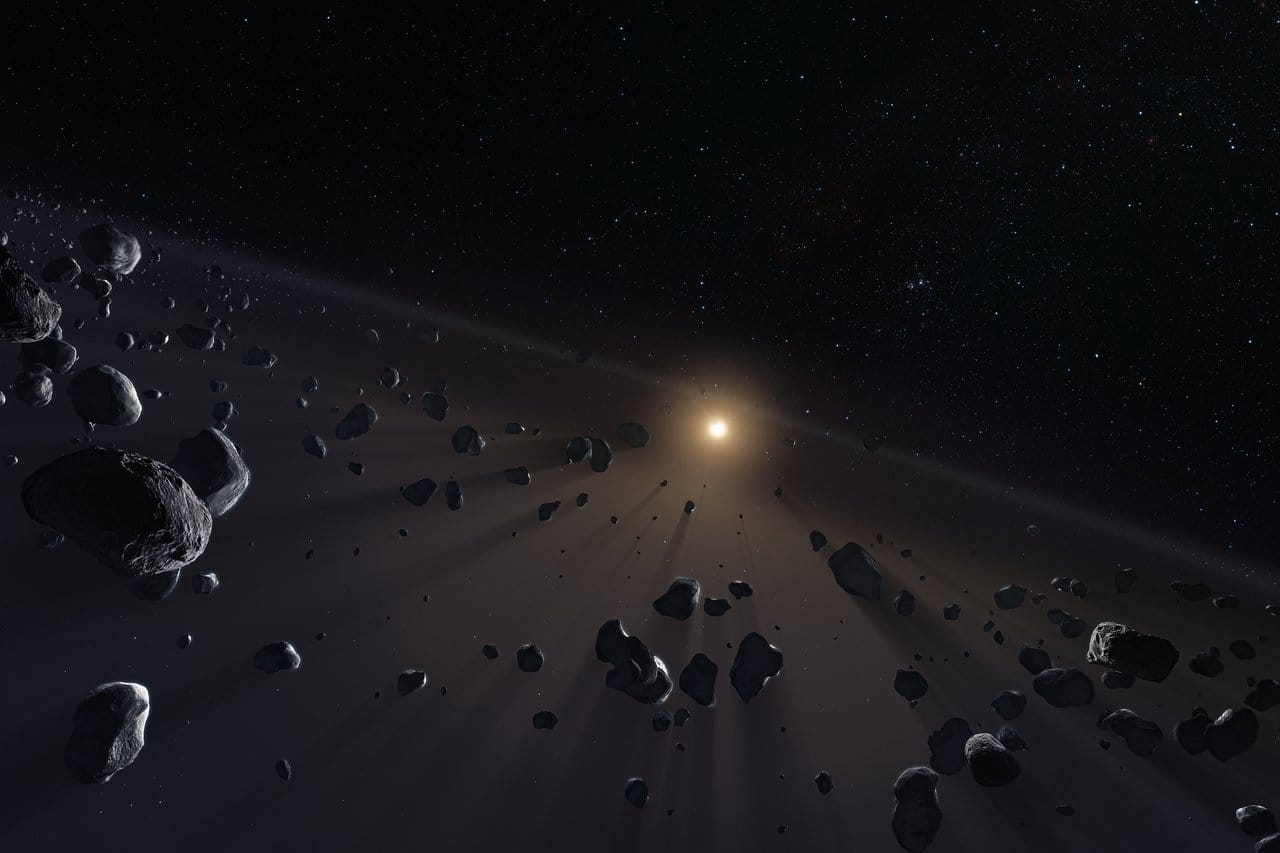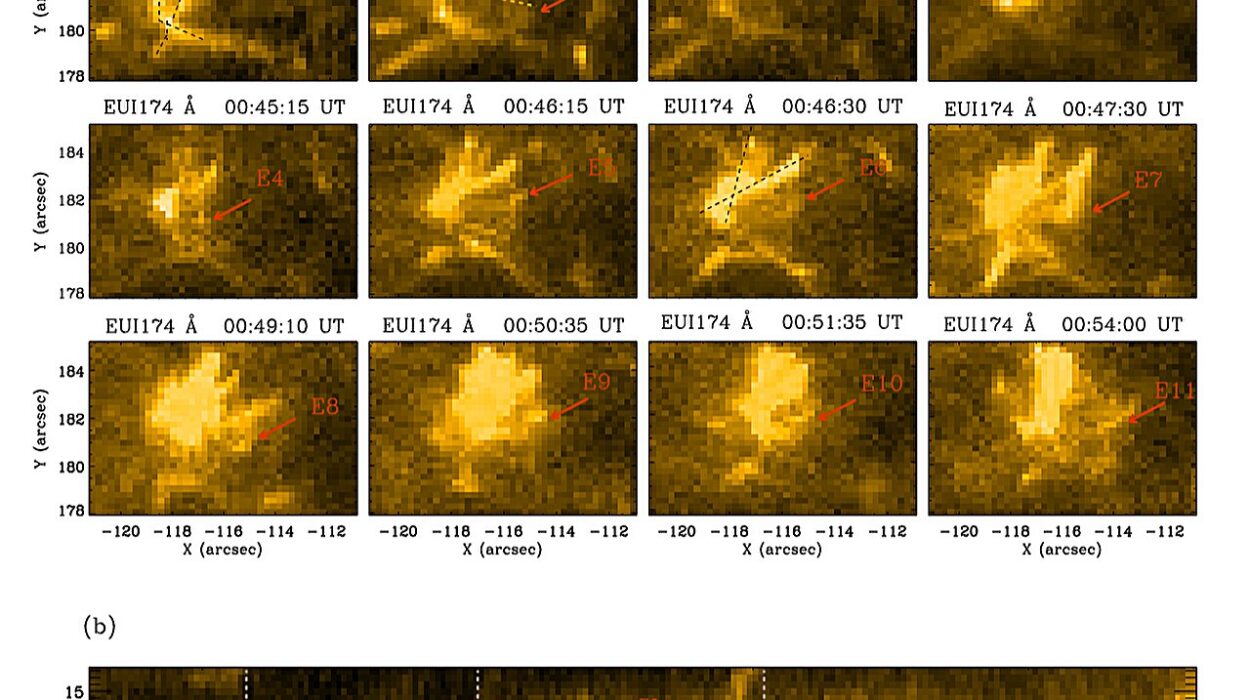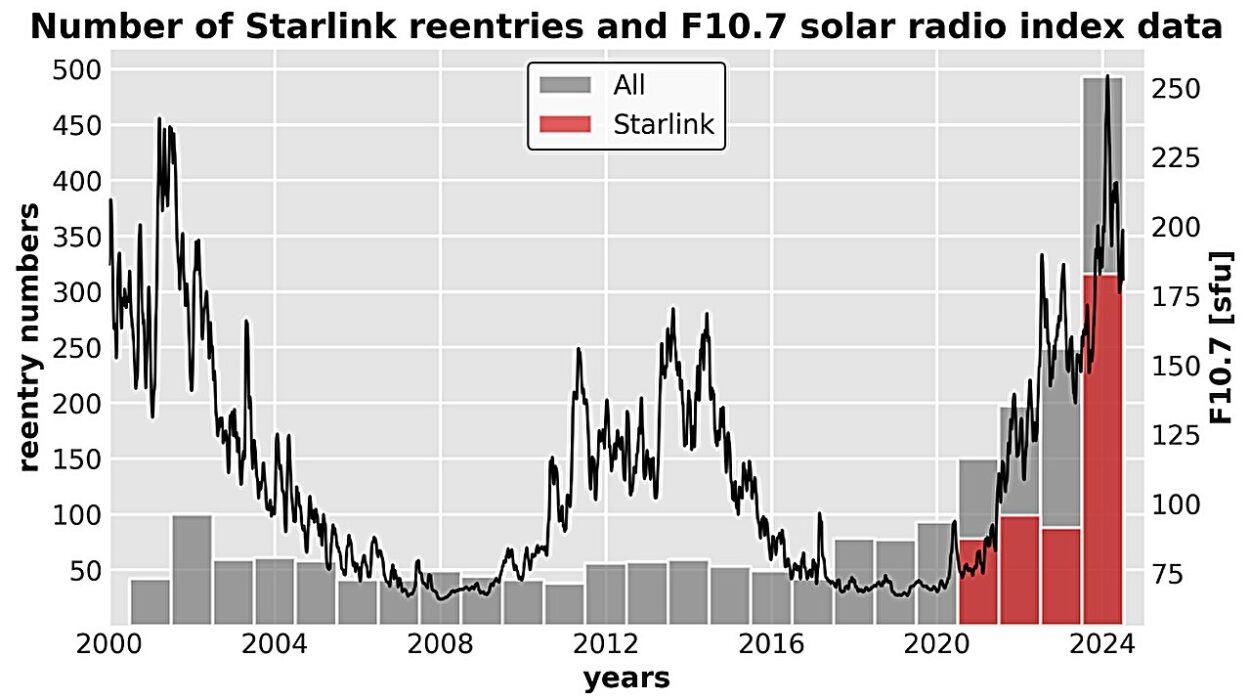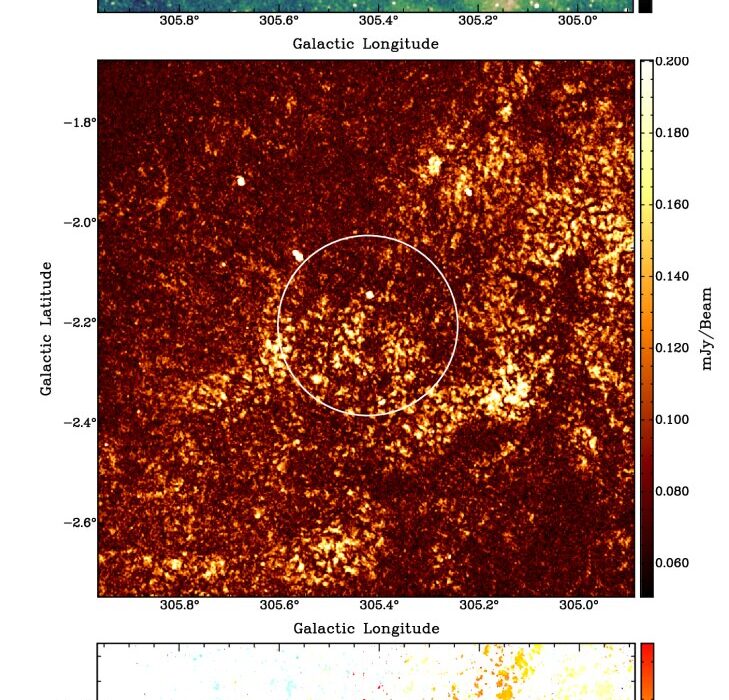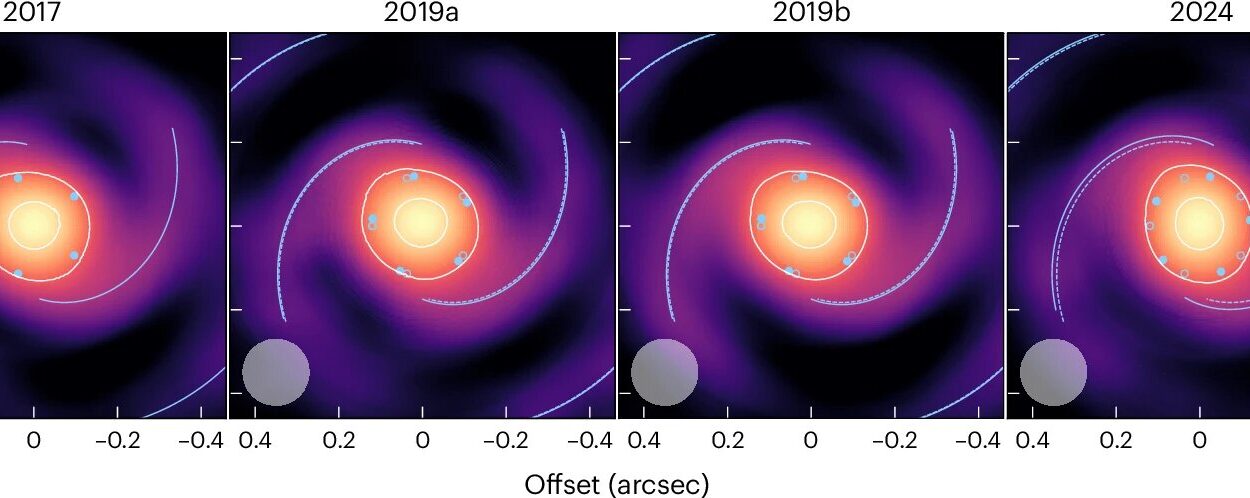The solar system, as it appears to most of us, feels like a familiar place. There is the glowing Sun, the jewel-blue Earth, and a family of planets parading around like dancers in a cosmic ballet. We learn their order like sacred verses—Mercury, Venus, Earth, Mars, Jupiter, Saturn, Uranus, and Neptune. And beyond Neptune?
That’s where the light dims. That’s where the maps curl into margins of speculation. That’s where the Kuiper Belt begins—an enigmatic realm that is not merely distant in space, but in understanding. It stretches like a cosmic shoreline beyond the planets, littered with ancient ice, mysterious dwarf worlds, and perhaps the echoes of the solar system’s earliest whispers. If the planets are the heart of the solar system, the Kuiper Belt is its distant memory.
Venturing into the Kuiper Belt is not just a physical journey; it’s a philosophical one. It is a voyage into the outskirts of known reality, a search for identity at the outer edge of the Sun’s domain. To explore the Kuiper Belt is to wrestle with the question: what else lies beyond the edge of everything we thought we knew?
What the Kuiper Belt Actually Is
To understand the Kuiper Belt, we must first redefine our concept of the solar system. For centuries, the boundary of the solar system was thought to end with the orbit of Saturn. Then Uranus was discovered in 1781, followed by Neptune in 1846. By 1930, Pluto was identified—initially thought to be the ninth planet. But even that wasn’t the end.
The Kuiper Belt, pronounced “KY-per,” is a vast, toroidal region beyond Neptune’s orbit, extending roughly from 30 to 55 astronomical units (AU) from the Sun (1 AU is the distance from Earth to the Sun). It’s a circumstellar disk, a colossal ring of icy bodies—remnants from the early solar system that never coalesced into a planet. It is similar in some ways to the asteroid belt, but far larger and composed predominantly of frozen volatiles—like methane, ammonia, and water—rather than rocky material.
Imagine a realm filled with celestial snowballs, from tiny ice chips to objects over a thousand kilometers across. These Kuiper Belt Objects, or KBOs, are time capsules. They contain frozen ingredients from the solar system’s birth, untouched by the heat and violence of planetary evolution.
The Kuiper Belt is not a neat belt, like Saturn’s rings. It’s more like a crowded, tilted, warped halo. And it may hold answers to some of the most pressing questions in astronomy.
The Ghost World of Pluto
For decades, Pluto was a loner—a mysterious, cold planet relegated to the furthest edge. But its discovery was merely the first glimpse into a much larger population. When astronomers started finding other icy bodies in similar orbits, Pluto’s uniqueness began to fade. In 2005, Eris was discovered—an object even more massive than Pluto—and it shattered the definition of what a planet really was.
This led, controversially, to Pluto’s reclassification in 2006 as a “dwarf planet.” Many mourned the loss of the ninth planet. But in reality, Pluto wasn’t demoted. It was contextualized. It was revealed to be part of a whole class of objects—a Kuiper Belt aristocrat among thousands of its icy siblings.
Pluto is no longer alone. It is now seen as a doorway, a herald of a distant kingdom. And when NASA’s New Horizons spacecraft arrived in 2015, what it found wasn’t a dead rock—it was a world alive with geology, with methane glaciers, nitrogen plains, and mysterious dark crusts shaped like ancient inkblots. Pluto had weather. It had mountains made of ice. It had a beating geological heart.
It wasn’t the end of the story—it was the beginning of a new one.
The Architects of the Belt
The Kuiper Belt didn’t always sit neatly beyond Neptune. Its formation is a tale of migration, of violence, and of rearranged destinies. The early solar system was a place of chaos. Giant planets didn’t form in their current orbits—they danced, collided, and scattered like billiard balls across space.
According to the “Nice Model”—a theory named after the French city of Nice—Neptune and Uranus may have started closer to the Sun, before being flung outward by gravitational interactions with Jupiter and Saturn. As Neptune migrated outward, it plowed through a disk of icy debris, scattering much of it and trapping some in its gravitational embrace. This captured debris is what now forms the Kuiper Belt.
Some KBOs are in orbital resonances with Neptune—meaning they complete a set number of orbits for every orbit Neptune completes. Pluto, for example, is in a 3:2 resonance, making two full orbits for every three Neptune completes. These resonances are like musical harmonies written into the geometry of space.
In this way, Neptune is not just a distant planet. It is the conductor of the Kuiper Belt’s symphony.
The Fossils of Formation
If we want to understand how the planets formed, we must study what was left behind. The Kuiper Belt is our fossil record of planetary evolution. Each object, big or small, carries chemical and structural clues frozen in time.
Scientists believe that some Kuiper Belt Objects have never been heated or altered since their formation over 4.5 billion years ago. That makes them among the most pristine objects in the solar system. They are the raw ingredients—the flour and sugar before the cosmic cake was baked.
By studying the composition and motion of KBOs, scientists can infer the conditions of the early solar system—what materials were present, how they moved, and what forces shaped them. They are looking at the scaffolding that built everything else.
KBOs also help answer another mystery: where did Earth’s water come from? Some theories suggest it may have been delivered by icy bodies from the outer solar system—perhaps from the Kuiper Belt itself.
The Lonely Lives of the KBOs
The Kuiper Belt is not a place of dramatic collisions or dynamic atmospheres. It is cold. It is slow. It is lonely.
Out here, sunlight is a weak echo. Temperatures plunge to 40 Kelvin—around -233 degrees Celsius. Days last for weeks, or even months. The KBOs do not orbit in neatly arranged circles, but in elliptical, tilted paths. Some, like Sedna and Eris, follow orbits so elongated that they take thousands of years to make a single trip around the Sun.
These objects are geologically frozen, but some may still hide internal heat. Some may have subsurface oceans, kept liquid by the radioactive decay of elements in their cores or by past tidal heating. Could life exist in such buried oceans? We do not know, but the question lingers in the silence.
The Kuiper Belt is not empty. It’s just quiet.
The Hunt for Planet Nine
In recent years, astronomers noticed something odd: some of the most distant KBOs had orbits that seemed oddly aligned, as if tugged by an unseen gravitational hand. These patterns didn’t seem random.
Could a massive, undiscovered planet be lurking far beyond Neptune?
This hypothetical “Planet Nine” has ignited excitement and controversy. If it exists, it could be five to ten times the mass of Earth, orbiting at hundreds of AU from the Sun. It would be a dark, slow-moving giant—unseen by telescopes, but betrayed by its influence.
Scientists are scouring the sky, searching for faint movements in the darkness. If Planet Nine is found, it will be the most significant planetary discovery in a century. If it isn’t, we’ll need to rethink our models again.
Either way, the Kuiper Belt is holding secrets, just waiting to be unveiled.
The Mission That Changed Everything
NASA’s New Horizons spacecraft was launched in 2006 with one destination: Pluto. But it was also the first mission to explore the Kuiper Belt up close.
After a nine-year journey, traveling over 5 billion kilometers, New Horizons arrived at Pluto in July 2015. The images it sent back stunned the world. What was thought to be a barren, frozen rock turned out to be a dynamic, colorful, mysterious world with active geology and an atmosphere.
But New Horizons didn’t stop there. After Pluto, it continued deeper into the Kuiper Belt. On New Year’s Day 2019, it flew by a KBO called Arrokoth—previously nicknamed Ultima Thule. This object, shaped like a contact binary snowman, was the most distant world ever visited by a spacecraft. Arrokoth’s smooth surface and lack of craters suggested it was untouched for billions of years—a primordial relic, almost exactly as it was at the dawn of the solar system.
New Horizons is still out there, flying deeper into the dark. It may yet visit another object, and its instruments continue to send back precious data from the frontier.
How the Kuiper Belt Connects to the Oort Cloud
Beyond the Kuiper Belt lies a region even more mysterious: the Oort Cloud. While the Kuiper Belt is a relatively flat disk, the Oort Cloud is thought to be a vast spherical shell surrounding the solar system, filled with icy bodies.
The boundary between the Kuiper Belt and the Oort Cloud is vague—like the edge of a fading fog. Some scientists consider the outer part of the Kuiper Belt to be the “scattered disk,” where objects have been flung into eccentric orbits by Neptune.
Comets that visit the inner solar system often originate from these distant regions. When a comet approaches the Sun and sprouts a tail, it is briefly illuminated—not just by sunlight, but by memory. It is a returning wanderer from the edge.
Studying the Kuiper Belt helps us understand the supply routes of comets, the architecture of the solar system, and even how stars like ours form planetary systems.
What We Still Don’t Know
For all the discoveries made, the Kuiper Belt remains a frontier of ignorance. We don’t know how many objects it contains. We don’t know the full extent of its mass or structure. We don’t know what governs the orbits of the most extreme KBOs.
We don’t even fully understand why the Kuiper Belt ends where it does.
Was something—like a passing star or a migrating planet—responsible for sculpting its edge? Is there something massive lurking beyond?
These are not questions of idle speculation. They touch the heart of cosmic dynamics, of planetary science, of formation and fate.
Why It Matters
To study the Kuiper Belt is to study ourselves. We are made of ancient dust. The atoms in your body once floated in the same cloud that formed the Sun and the planets. The icy objects beyond Neptune are not alien—they are ancestral.
The Kuiper Belt is not just about astronomy. It’s about origin. It’s about memory. It’s about how a cloud of gas became stars, planets, oceans, and life.
And in a time when our world feels divided and distracted, the Kuiper Belt reminds us of a shared story—written not in books, but in orbits, in ice, and in light.
The Future: Eyes to the Edge
New missions are being planned to return to the Kuiper Belt—this time with landers, orbiters, or perhaps robotic scouts designed to drill into the icy cores of KBOs. These missions will take decades, but they will bring us closer to answering the oldest questions.
Meanwhile, Earth-based telescopes grow ever more powerful. Instruments like the Vera Rubin Observatory in Chile will catalog thousands of KBOs, uncovering patterns we can’t yet imagine.
Artificial intelligence and machine learning will help sift the vast ocean of data, pointing us toward the next Pluto, the next Arrokoth, or perhaps even the elusive Planet Nine.
In the Darkness, Wonder
The Kuiper Belt is a place of shadow and silence. It has no storms like Jupiter, no rings like Saturn. It is a realm where sunlight fades to a whisper, and time crawls like ice.
But it is also a place of truth.
It holds the early chapters of our story, still frozen in ancient shells. It holds secrets that challenge what we thought we knew. And it offers the most precious thing a scientist—or a human being—can find: wonder.
To journey to the Kuiper Belt is to journey not just outward, but inward. It is to remember that the edge of the solar system is not the edge of imagination. It is only the beginning of the next question.
And somewhere, far beyond the planets, a spacecraft sails on—alone, silent, steady.
Still asking.
